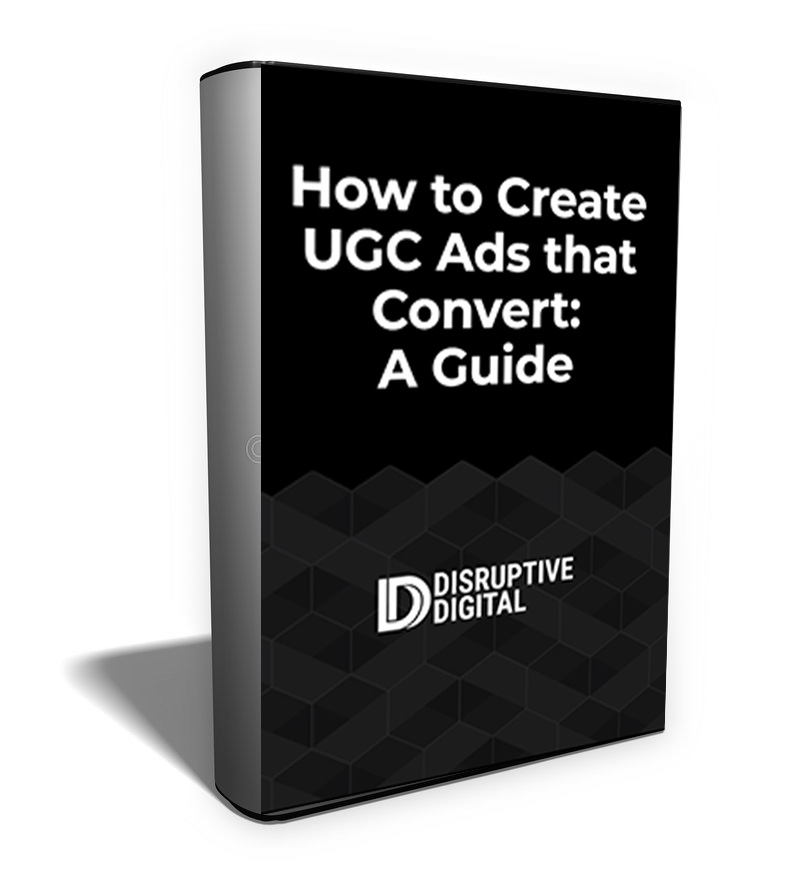In the evolving world of digital advertising, understanding how to effectively use Meta Ads (formerly Facebook Ads) is crucial for any media buyer. However, many marketers still fall into common pitfalls that hinder ad performance and waste budget.
Here are ten six flags indicating the person running your ads might not be fully grasping the nuances of Meta Ads.
1. Not Optimizing for Lead Quality in Instant Forms
In a recent Meta study, instant forms delivered a 20% lower cost per qualified lead vs website forms.
However, in-platform lead campaigns can still drive low quality if not set up correctly. Ensure you are set to “prefer quality” instead of “prefer volume”.
By not making this change, your Instant Form uses the default ending page which does not close leads well and can created missed sales opportunities.
2. Not Using Local Catalog Ads
Does your brand have many physical locations (e.g. Planet Fitness, The UPS Store), represent many physical locations (e.g. Grubhub, Ticketmaster) or have a business defined by geographical markets (e.g. Uber, SERVPRO)?
If so, you need to be testing Meta‘s new Item Based Local Inventory (IBLI) ads.
IBLI is an extension to Facebook’s Dynamic Product Ads, that allows advertisers to provide an availability area for each product in their catalog.
These locations are used at ad delivery time to select relevant (local) products to be displayed in the ad unit, based upon the user’s most recent or home location.
No more needing to segment out locations into their own dedicated budgets to fulfill geographical creative restrictions.
Here’s how it can be used for each of the above examples:
- Brands with physical locations: Create a catalog of all of your stores and have the ads dynamically show the nearest location to a user in the ad creative and at the destination landing page.
- Brands selling to locations they don’t own: Create a catalog of all of the locations your product can be bought and have the ads dynamically show the nearest location to a user in the ad creative and at the destination landing page.
- Brands with defined geographic markets: Tailor creative based on the different cities where you operate at scale vs showing everyone the same national messaging.
3. Taking Credit for Conversions That Would Have Happened Anyway
Agencies must critically assess ad reporting.
A high percentage of view-based conversions could suggest that Meta is incorrectly attributing conversions to ads when these conversions might have occurred regardless. It’s crucial to critically assess your ad reporting to ensure it reflects logical and effective marketing outcomes. For instance, you may notice your retargeting ads are apparently successful in driving conversions, yet there is a lack of direct interaction, such as clicks, with your ads. While view-based conversions can be significant, an excessively high rate of such conversions could indicate that your ads aren’t actually driving incremental business impact.
When a user sees an ad but doesn’t click on it, yet still converts, it might suggest that the user would have converted without seeing the ad. In these instances, Meta’s system might imply that the ad caused the conversion, but it is more likely to be a correlation rather than a causation. This scenario is particularly common with audiences lower in the sales funnel, such as site visitors or existing customers, who are often targets of retargeting campaigns.
4. Running Ads Not Optimized for Your End Goal
If your agency is not optimizing ads for your specific end goals, you’re likely missing out. For instance, conversion-optimized campaigns can yield up to 71% lower costs per purchase compared to Link Click Optimized campaigns.
Additionally, when optimizing for upper-funnel events like landing page viewers, beware of false positives. These metrics might look impressive but often attract window shoppers or low-quality leads, not genuine customers. This can become even more exacerbated without refined targeting.
5. Not Measuring for Your End Goal
While advertisers focused on lead gen campaigns may think they have no visibility in Meta around how their ads are driving sales, proper measurement passback can help you see which of your campaigns are ROI positive and which are unprofitable.
One way to do this is through Meta’s Conversions API which allows you to send both online and offline sales data to Meta. Advertisers who implemented the Conversions API saw a 13% cost per result improvement.
6. Not Using Meta’s Conversion Leads CRM Integration
Finally, and perhaps most comprehensively, you need a way to integrate the leads you generate through Meta within your CRM. The Conversion Leads CRM Integration can help.
In fact, our research shows than ads leveraging this tool with the Conversion Leads performance goal saw an average 16% reduction in cost per quality leads, alongside a 21% increase in the rate of converting a lead to a quality lead.
Conclusion
In summary, navigating the complexities of Meta Ads requires a nuanced approach. By avoiding these common pitfalls, your media buyer can optimize ad spend, reach the right audience, and drive meaningful conversions. If you recognize these red flags in your media buyer’s approach, it might be time for a strategy overhaul.
Thankfully, we can help.
Reach out to us for a free audit of your Meta ad account. Our team of experts will provide a comprehensive review and insights to ensure your advertising strategy is on the right track. Don’t let these common mistakes hinder your success. Contact us today for your free audit and take the first step towards optimizing your Meta advertising strategy!






